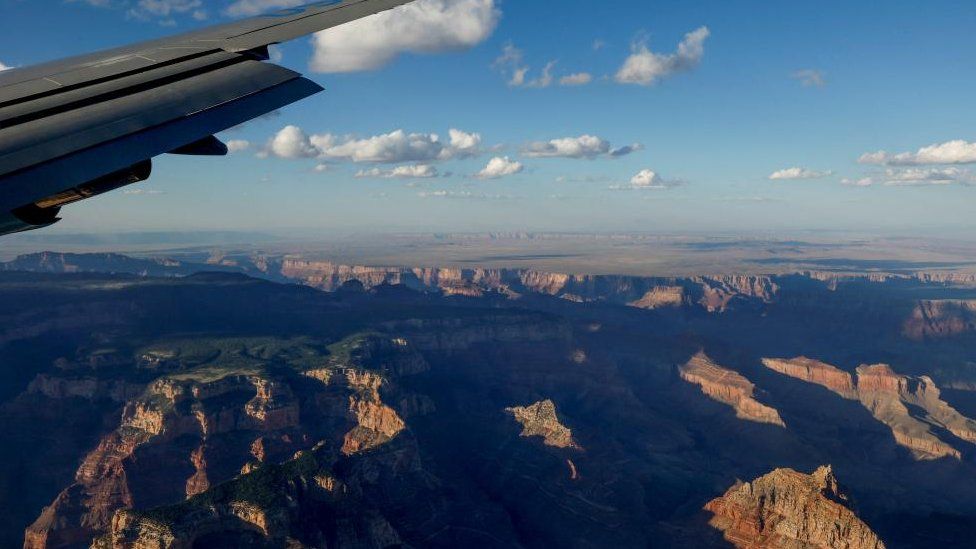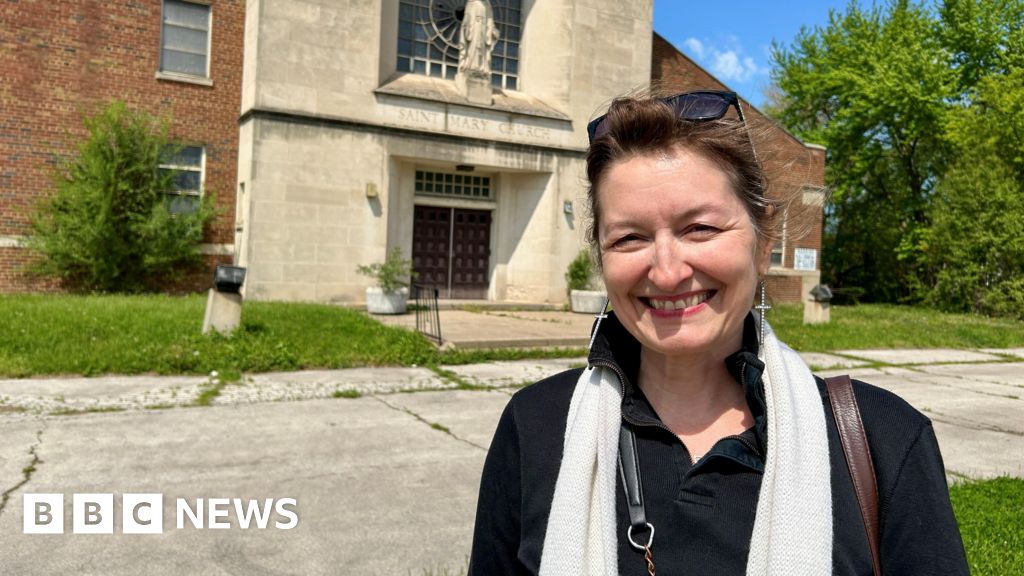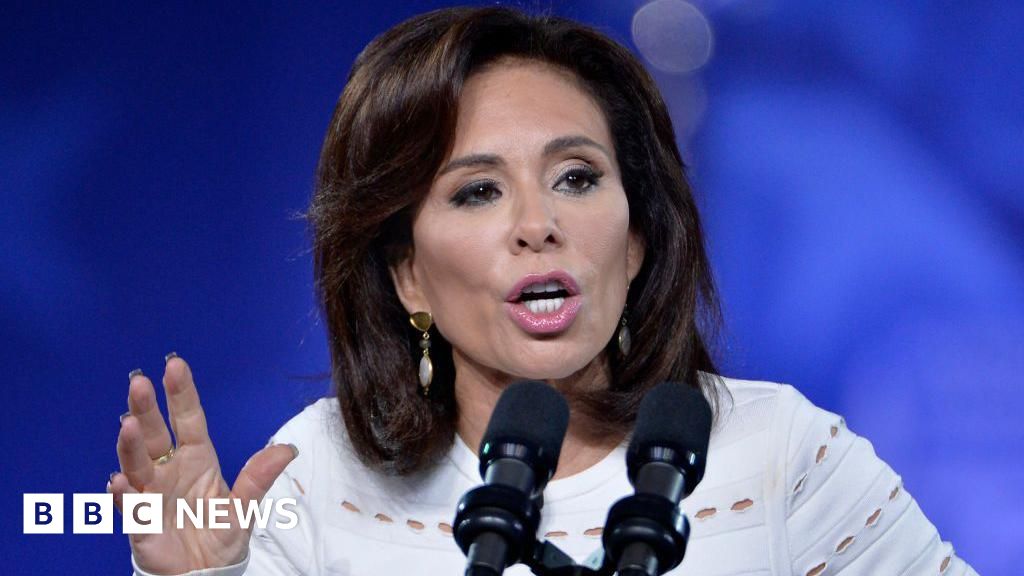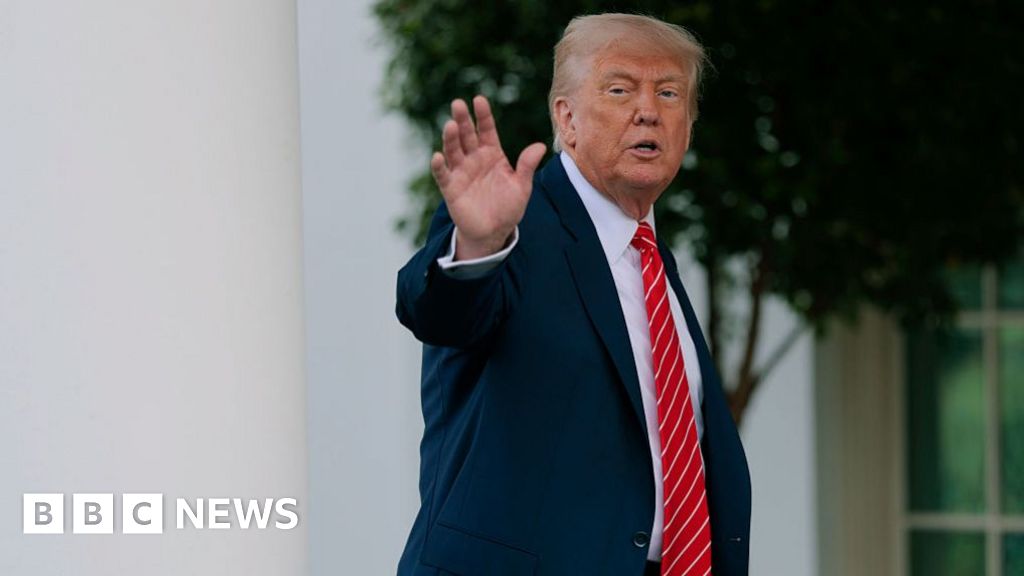ARTICLE AD BOX
 Image source, Reuters
Image source, Reuters
The sweeping landscape of the Grand Canyon is already protected, but land nearby will now become a monument
By Bernd Debusmann Jr
BBC News, Washington DC
US President Joe Biden is set to announce a new national monument, preserving a vast swathe of land around the Grand Canyon in Arizona.
The nearly 1m acre (404,700 hectare) Baaj Nwaavjo I'tah Kukveni Grand Canyon National Monument includes thousands of indigenous cultural sites.
The designation also severely limits the amount of mining permitted in the area.
Mr Biden has so far designated five national monuments since taking office.
The area, also known as the Ancestral Footprints of the Grand Canyon National Monument, is culturally significant to many tribal nations of the US Southwest, including the Hopi, Navajo and Yavapai-Apache peoples.
Indigenous advocacy groups and environmental organisations have for decades been calling for the area to be protected, but have met opposition from some Republican lawmakers and mining industry figures who argue that mining in the area is important to the US economy and national security.
The area of the monument is home to about 1.3% of all known uranium reserves in the US, according to officials.
A previous campaign to declare the area a national monument under President Barack Obama failed after Mr Obama backed off in the face of stiff opposition from then-Governor Doug Ducey and Arizona's two senators.
The current Arizona governor, Katie Hobbs, was among those urging Mr Biden to use his authority under the Antiquities Act of 1906 to declare the area a national monument.
Interior Secretary Deb Haaland - the first Native American cabinet secretary in the US - was quoted by National Public Radio as saying that the declaration was "historic".
In May, Ms Hobbs said in a statement that her office has "heard from people across the political spectrum including sporting groups, faith leaders, outdoor recreation businesses, conservation groups and others from a broad array of interests that support this monument designation".
"It will help protect lands that many tribes referred to as their eternal home, a place of healing and a source of spiritual sustenance," she said. "It will help ensure that indigenous peoples can continue to use these areas for religious ceremonies, hunting and gathering of plants, medicines and other materials, including some found nowhere else on earth."
"It will protect objects of historic and scientific importance for the benefit of tribes, the public and for future generations," Ms Haaland added.
The proclamation of the national monument means that only two approved mining operations will be allowed to operate within its confines. Existing claims that pre-date a mining moratorium declared in 2012 will also be allowed to remain in place.
Since the passing of the Antiquities Act of 1906, 18 US presidents have used it to declare national monuments at naturally or historically significant sites across the country.
Mr Biden has declared four other national monuments during his presidency, including the Emmett Till and Mamie Till-Mobley National Monument in Illinois and Mississippi last month.
Barack Obama, under whom Mr Biden served as vice-president, created or expanded 34 national monuments during his presidency - the most of any US leader.
Only three US presidents did not use the Antiquities Act to create national monuments: Richard Nixon, Ronald Reagan and George HW Bush.
Watch: This 93 year old went to all 63 US National Parks

 1 year ago
52
1 year ago
52








 English (US) ·
English (US) ·